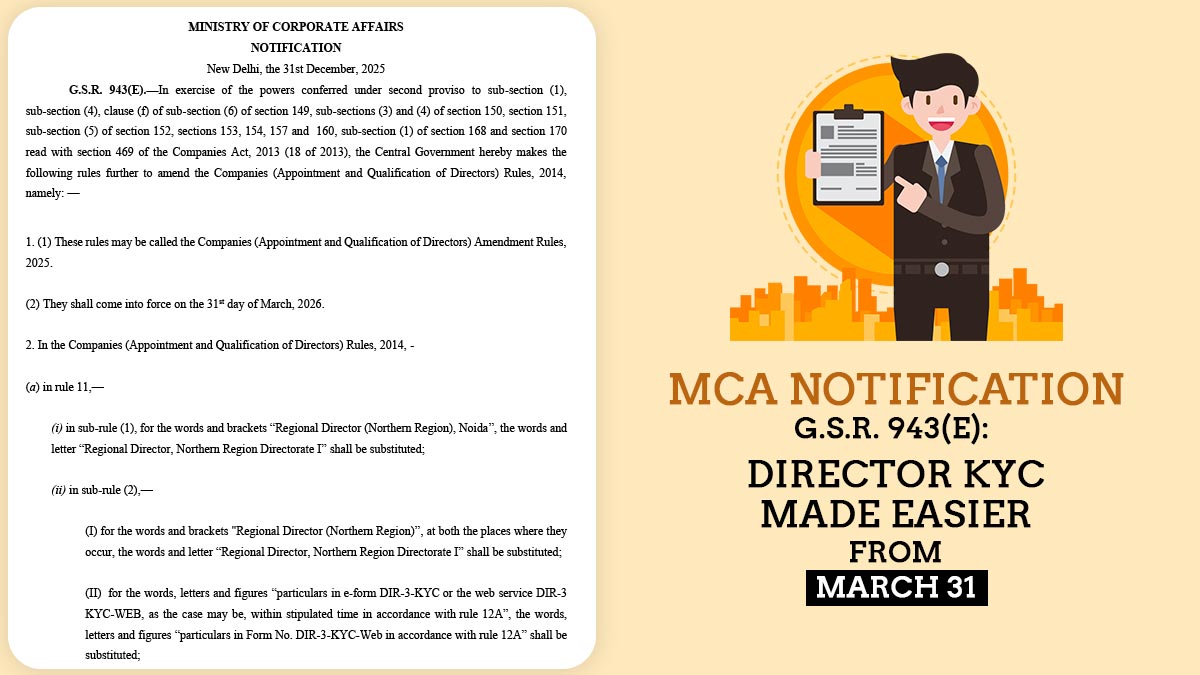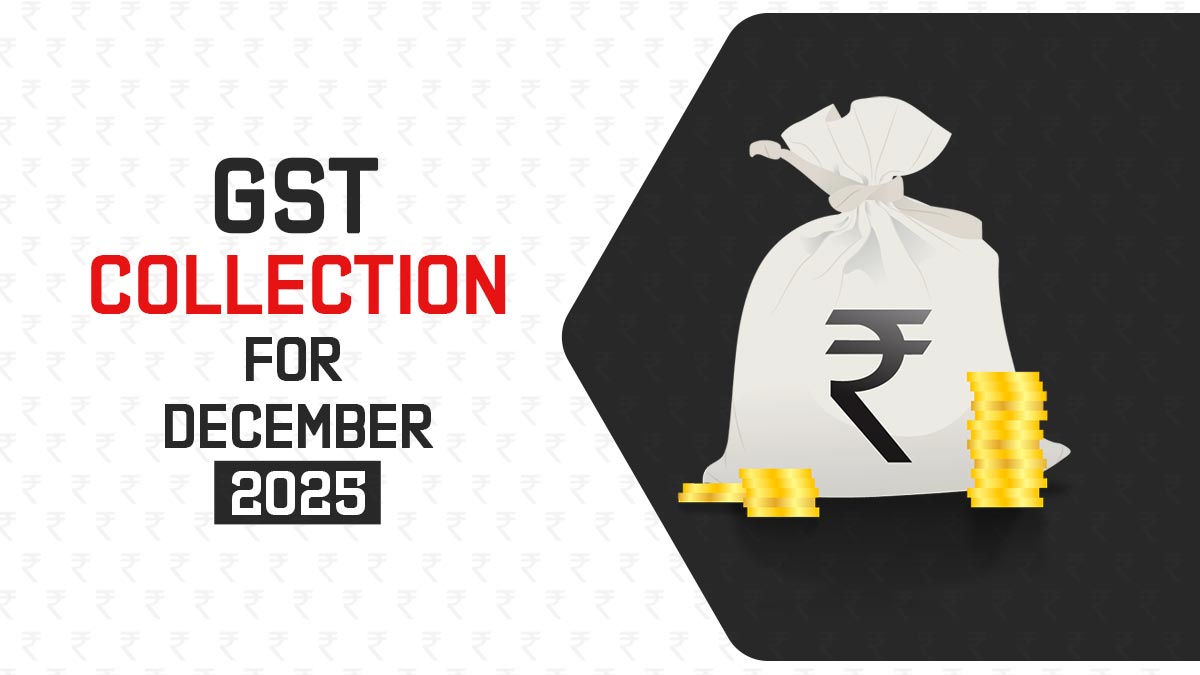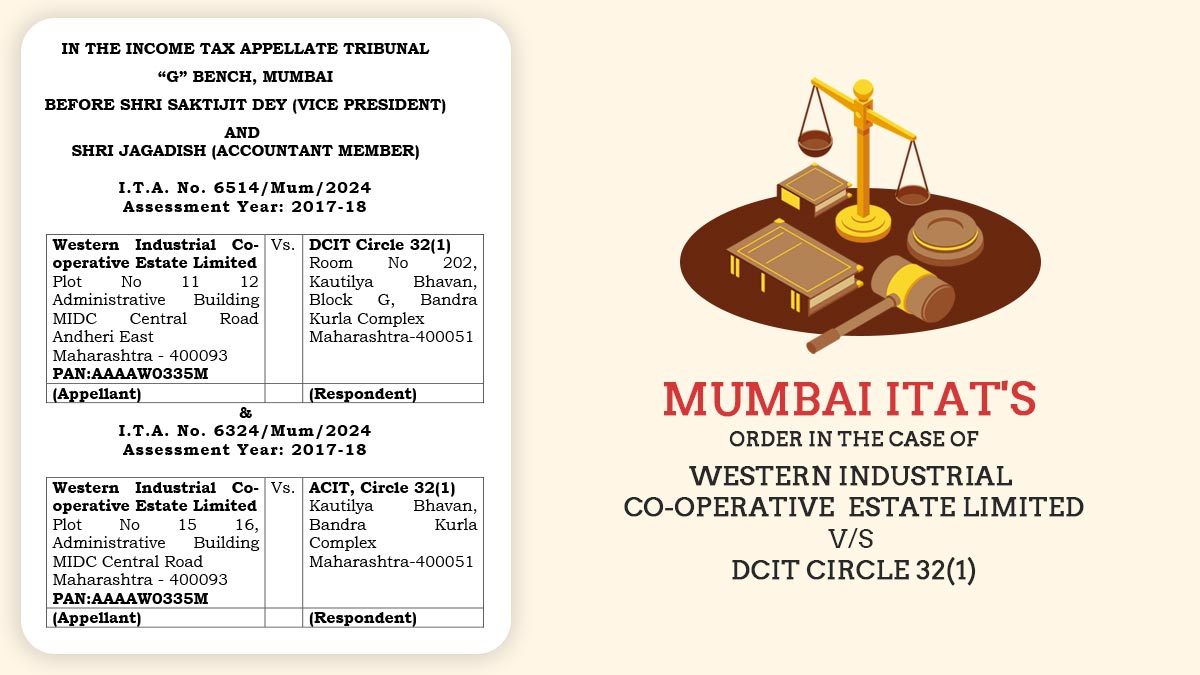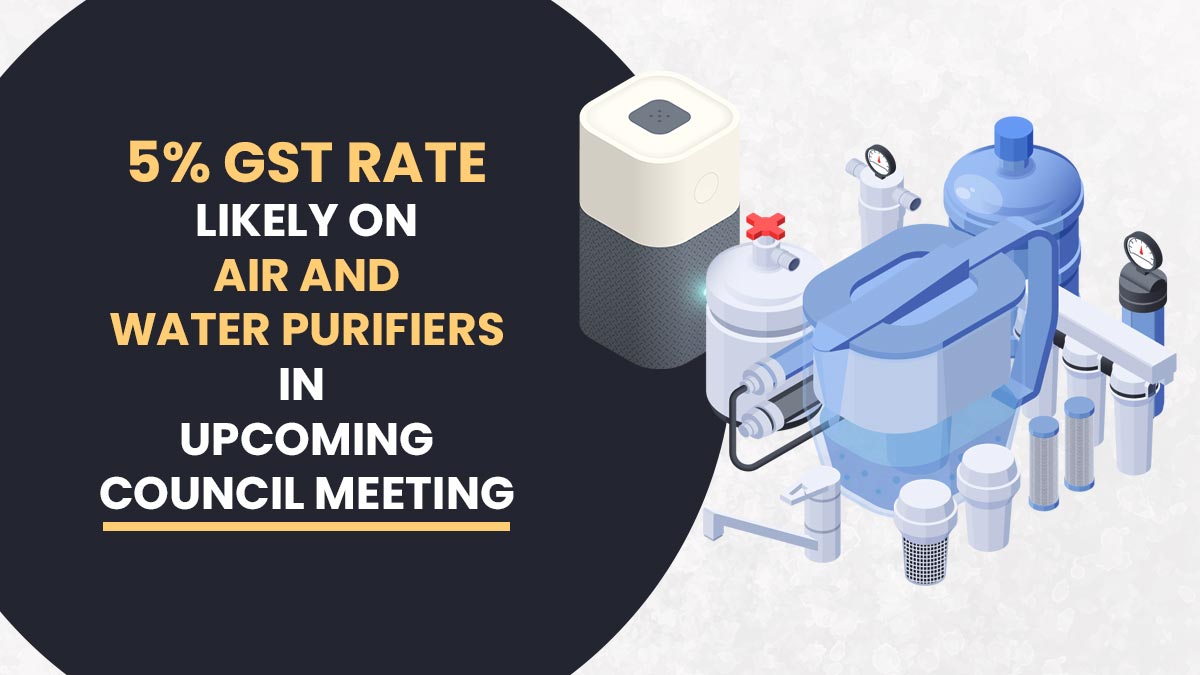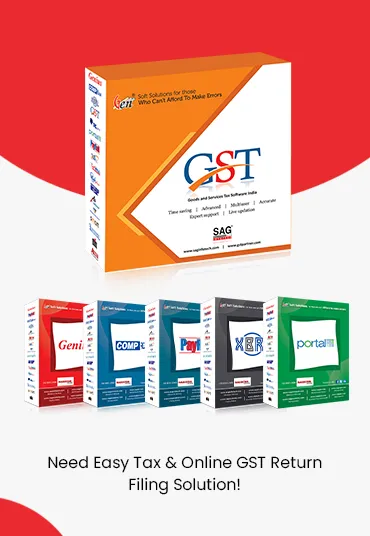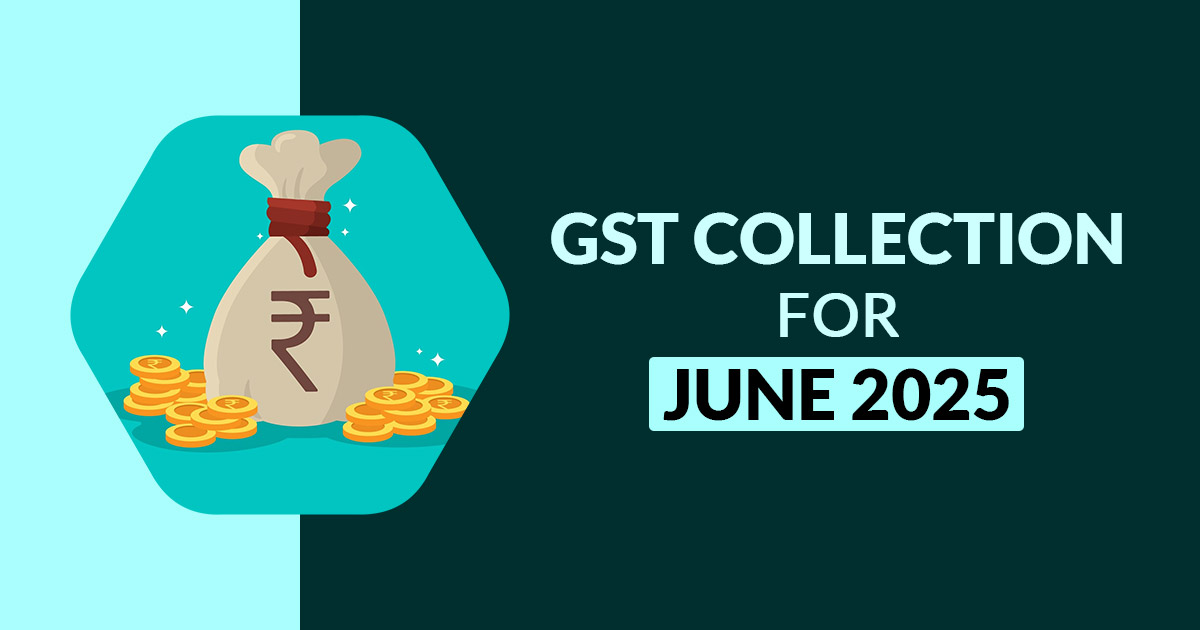
As per government data for June 2025, the Goods and Services Tax (GST) collection stood at ₹1.84 lakh crore, marking a 6.2% increase. This reflects steady economic momentum.
Since April 2025 recorded GST of Rs 2.37 lakh crore; therefore, GST collection on a month-on-month basis, in the preview month has slipped, followed by Rs 2.01 lakh crore in May.
For present, June 2025, the domestic GST collections show a nuanced picture. The overall growth is slow and seems to be impacted by the current geopolitical uncertainties and their tangible impact on consumer sentiment.
Read Also: GST Revenue Collection Rises by 8% to ₹1.74 Lakh Cr in June 2024
Strong growth is seen in regions like Nagaland, Sikkim, Tripura, Lakshadweep, and Ladakh. The same rise shows the growth of consumer activity and a continued thrust on infrastructure investment of the government in these areas, which is a favourable indicator for regional development.
A nearly 6% rise is there in the GST collections, parallel to that a 4% rise in advance tax collection was there for the first quarter of FY26, does shows the lower demand. The conservative spending of the consumers is one of the causes that might rectify in the next two months, with the overall geopolitical situation improving.
Trends in Refund
The June net GST collection rose to 3.3% on a year-on-year basis at Rs 1.59 lakh crore, post factoring in the funds issued. Compared to the preceding month, the net mop-up was also higher which recording a collection of Rs 1.53 lakh crore. June refunds have arrived at Rs 25,491 crore, 28.4% higher year-on-year.
Import vs Domestic
Domestic transactions revenues rose by 4.6% year-on-year to Rs 1.38 lakh crore, and GST collected on imports increased 11.4 per cent to Rs 45,690 crore, as per the released data of the government.
- The breakdown of June gross GST is stated as: Central GST at Rs 34,558 crore, State GST at Rs 43,268 crore, Integrated GST at Rs 93,280 crore, and Compensation Cess at Rs 13,491 crore.
Viewpoint
A tax expert said that in the short run time they expect a period of calibrated rise in collection. The geopolitical factors that affect consumer spending, coupled with the seasonal impact of the monsoons, may influence this trend.
Regardless, the underlying structural solidities of the Indian economy, coupled with strategic policy interventions, will be critical to steering these transient issues to accessing growth potential.
For the GST council, the same GST reduction will become an essential data point, which can lead to a rise in the highest rate slab of 40% to compensate for revenue loss because of the phase out of compensation cess after March 2026, in its forthcoming meeting, which may be held in July 2025.
Concerning the 8th anniversary of the introduction of GST, it is anticipated that this sluggish rise in the collection on a year-on-year basis is only an abnormality, and the GST collections shall return to their normal growth trajectory in the forthcoming months.
GST Collection Report for June 2025 (PDF)




